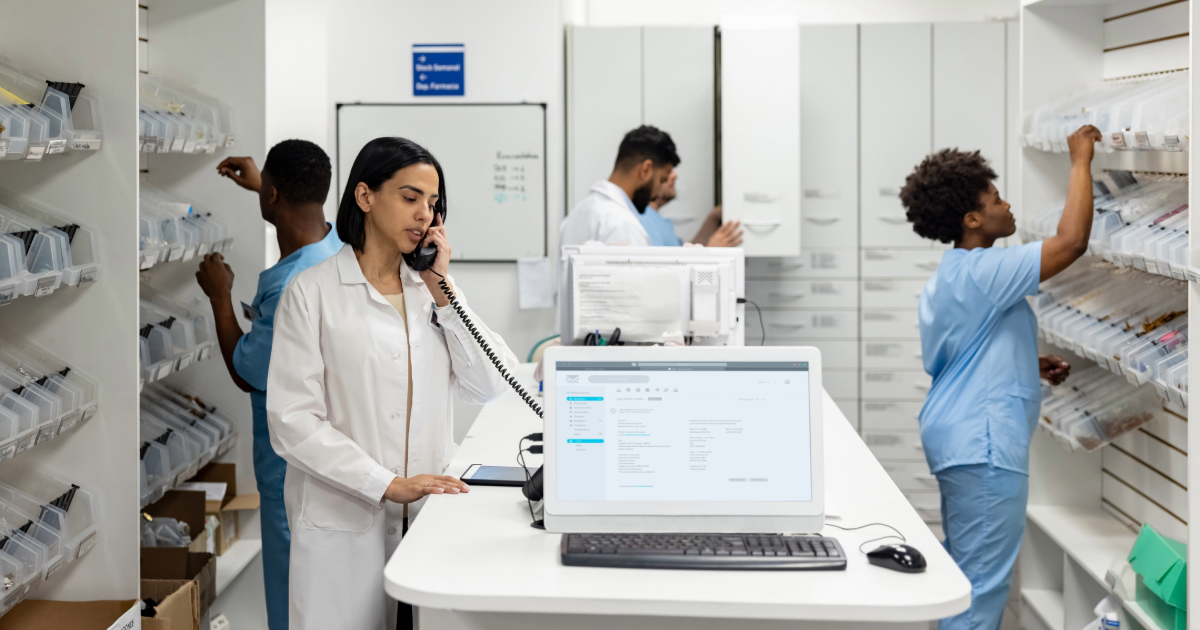Pharmacy operations are ensnared in an increasingly complex web of regulatory compliance demands, particularly within their intricate supply chain. From the moment pharmaceuticals are procured to their final dispensing, every step is under intense scrutiny, making robust drug management and adherence paramount for patient safety and operational integrity.
The persistent challenges of drug shortages, workforce limitations, and escalating costs exacerbate the inherent difficulties in maintaining seamless pharmacy supply chain compliance. Many institutions grapple with disconnected systems, fragmented workflows, and siloed data, which collectively obscure the essential visibility required to navigate this high-stakes landscape effectively.
A cornerstone of federal oversight is the Drug Supply Chain Security Act (DSCSA), mandating that pharmacies electronically track prescription drugs using unique serial numbers, lot numbers, expiration dates, and National Drug Codes. This legislation has shifted significant responsibility onto pharmacies, requiring them to directly verify drug legitimacy rather than solely relying on wholesalers, aiming to prevent illicit and counterfeit drugs from entering the U.S. supply chain.
Another critical aspect of healthcare regulations is the 340B Drug Pricing Program, which enables eligible hospitals to acquire discounted medications. While vital for supporting vulnerable populations and offsetting rising drug costs, participating in the 340B program demands stringent eligibility adherence and meticulous compliance rules regarding patient eligibility, drug movement tracking, and accurate pricing application across diverse care settings.
Beyond these, health system pharmacies face strict regulations governing controlled substances and hazardous drugs, as outlined by USP General Chapter standards. These federal and state-level mandates, enforced by bodies like the FDA, CMS, and TJC, underscore the critical need for precise management and storage conditions to prevent compromised drug effectiveness and patient harm.
Achieving comprehensive regulatory compliance is not an isolated endeavor; it necessitates a synergistic blend of skilled personnel, streamlined processes, and advanced healthcare technology. Breaking down organizational silos and fostering broad collaboration among nurses, physicians, pharmacists, and even administrative leaders ensures compliance strategies are practical, grounded in real-world workflows, and reflective of frontline insights.
Proactive engagement with regulatory changes and continuous staff education are non-negotiable for pharmacy leaders. Empowering employees at every level—from buyers to receiving technicians—with a clear understanding of their pharmacy supply chain compliance roles and involving them in decision-making processes fosters a more resilient, accountable, and audit-ready operation. Modern inventory management systems are crucial for this.
Disconnected systems pose a significant barrier, leading to inefficiencies and increased error risk. The integration of an end-to-end automated inventory management system specifically designed for pharmacy needs, like Tecsys’ Elite™ PIMS, is transformative. Such healthcare technology captures item-level data, ensures a digital chain of custody compliant with DSCSA, and centralizes data for robust audit trails and automated program documentation like 340B.
With accurate, real-time, and complete item-level data consolidated in a single repository, pharmacy leaders gain an invaluable foundation for advanced analytics, including AI-driven insights. This data-driven approach empowers informed decision-making, significantly strengthening clinical, operational, and financial performance across the entire pharmacy supply chain.






Leave a Reply